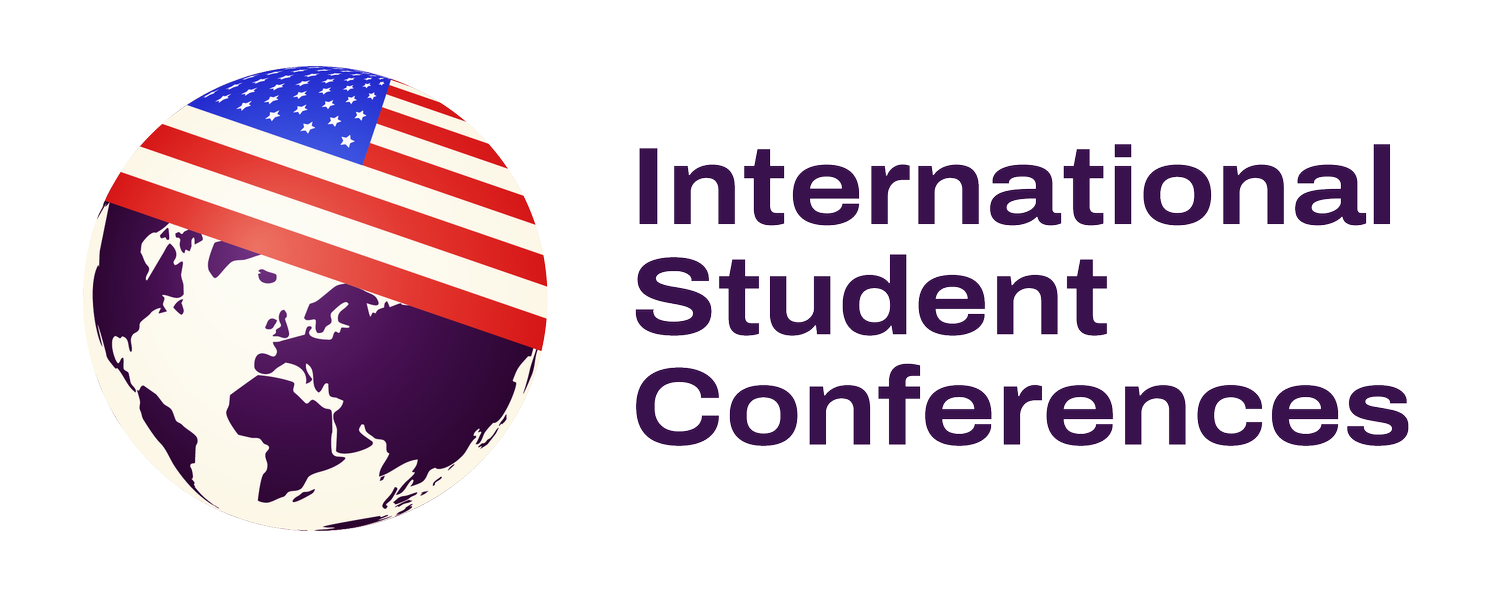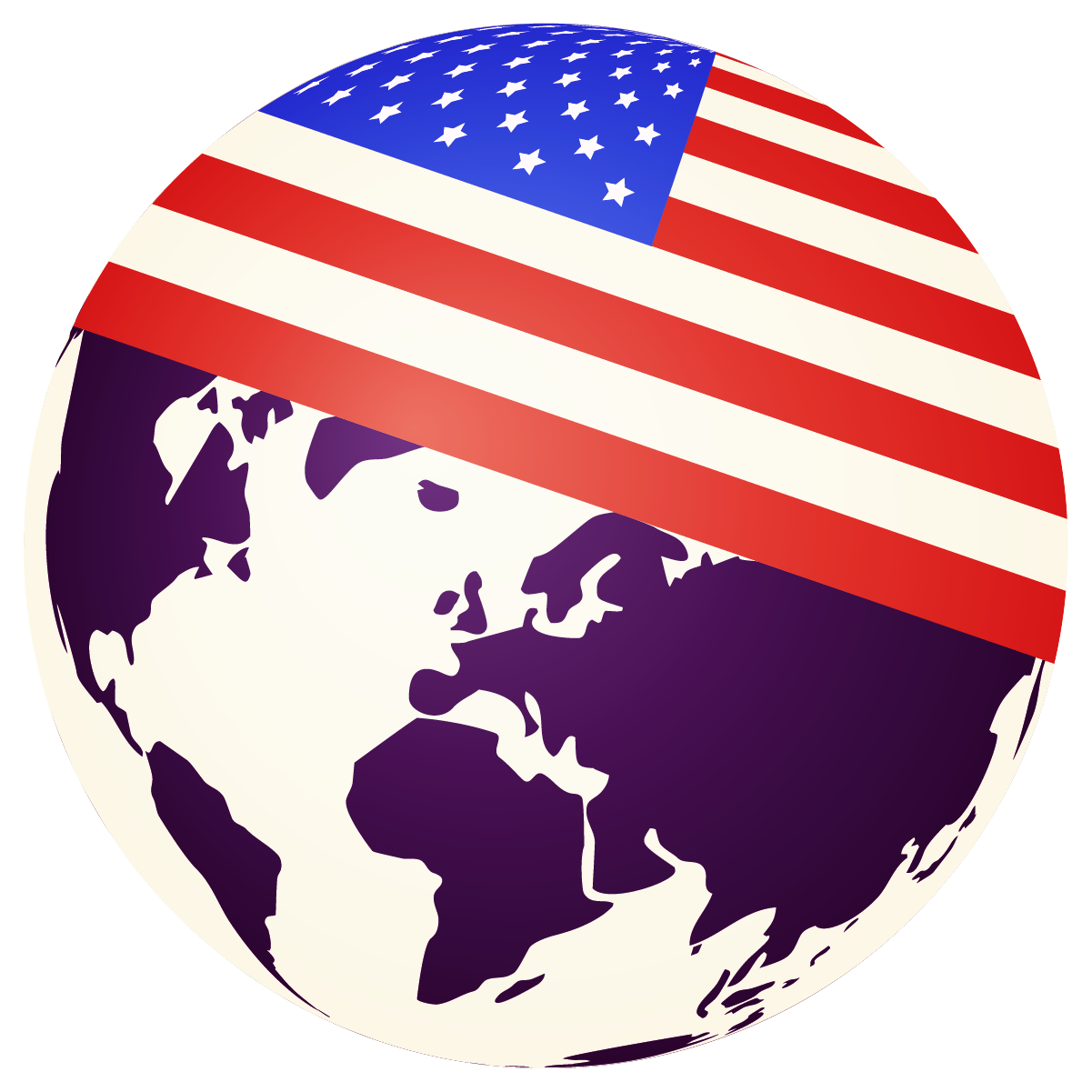JASC 75: The First Journey Back
July 29–August 26, 2023. Kyoto, Nagasaki, Tokyo.
After three years away, JASC returned to Japan.
The 75th conference carried weight beyond its programming. This was the first in-person gathering in Japan since the pandemic began — the first time in years that American delegates could experience what Japanese delegates had always known: that some conversations require walking through Kyoto's temple gardens together, standing silent in Nagasaki's Peace Museum, navigating Tokyo's train system at rush hour.
The theme "Foundations" wasn't accidental. Seventy-one delegates — 35 American, 36 Japanese — came to examine what actually holds the U.S.-Japan relationship together, and whether those structures still serve their purpose.
Kyoto: Where Tradition Questions Itself
The conference opened in Japan's ancient capital, where thousand-year-old temples sit blocks from Nintendo's headquarters. Kyoto doesn't resolve the tension between preservation and innovation — it embodies it.
The Culture and Arts roundtable explored soft power through cuisine and pop culture, examining how cultural expression shapes — and is shaped by — society. The Sustainable Business roundtable investigated whether profit maximization still defines corporate value, researching ESG investment and traditional craftsmanship businesses that have survived centuries by prioritizing longevity over quarterly returns.
Kyoto raised uncomfortable questions: What gets preserved, and who decides? When does tradition become constraint? How do companies balance innovation with the values that made them endure?
Nagasaki: The Site That Demands Honesty
Then came Nagasaki — simultaneously Japan's historical window to the West and site of atomic devastation.
At the Peace Museum, delegates confronted how the same history gets taught differently. American and Japanese textbooks tell divergent stories about August 9, 1945. Standing where the bomb fell forces a reckoning with that dissonance.
The International Politics roundtable examined U.S.-Japan security relations in this context. How do you build an alliance between nations whose most significant shared memory is devastation? The Law and Morality roundtable wrestled with questions about legitimacy and humanity — when laws serve power rather than justice, what obligations remain?
Sasebo, with its U.S. military presence, added another layer: port-sharing agreements, trade alliances, the daily reality of communities built around bases. Theory became concrete — these aren't abstract policy discussions when you're talking to people whose lives are shaped by military partnership.
Tokyo: Where Everything Converges
The capital brought delegates into the heart of Japanese political and economic power. Embassy visits. Financial district tours. Programs on LGBTQ+ rights in Japan that encouraged discussion of "taboo" subjects.
The Social Class and Diversity roundtable examined papa katsu culture and educational inequality, dissecting how social belonging functions as a system. The Linguistics and Philosophy roundtable used semantics and ontology to explore love, friendship, and trust — asking whether AI and humans can build genuine relationships, and why trust in science has eroded.
The Environment and Technology roundtable took a deliberately cross-disciplinary approach to climate justice, infrastructure, and intergenerational ethics. The delegates determined their own agenda — examining ecotourism, biotech, and transportation through whatever lens revealed the most truth.
The Final Forum
The hybrid format allowed alumni across both countries to watch as delegates presented research that wasn't sanitized for public consumption. Legal reform proposals. Analyses of how cultural narratives obscure historical reality. Examinations of where American and Japanese national interests genuinely converge — and where they diverge despite diplomatic language suggesting otherwise.
The Q&A sessions didn't allow delegates to hide behind presentations. Alumni asked hard questions. Locals challenged assumptions. This wasn't performance — it was accountability.
What the Conference Actually Did
Seventy-one people spent a month moving through three very different Japanese cities, conducting research while navigating the logistical complexity of group travel, language barriers, and the exhaustion of intensive programming.
The Executive Committee — sixteen student leaders — delivered the first post-pandemic Japan conference while managing all the uncertainties that entailed. They created space for delegates to discuss sexuality in a society still grappling with recognition. They brought Americans to Nagasaki and didn't simplify what happened there. They scheduled programming in Kyoto that questioned whether preservation always serves the communities being "preserved."
Pre-conference orientation in Los Angeles prepared American delegates, but nothing fully prepares you for the experience of being American in Nagasaki, or trying to understand papa katsu culture through translation, or realizing that the Tokyo subway system you thought you understood has defeated you completely.
Delegates challenged pre-existing beliefs. They learned to consider perspectives from people whose entire framework for understanding the world differs from their own. They formed relationships that will outlast the conference — not because everything was easy, but because they did the hard work together.
What Foundation Means
The theme asked delegates to examine foundations — the structures holding up 89 years of JASC, holding up U.S.-Japan relations, holding up their own assumptions about culture, politics, business, and each other.
What they discovered: Some foundations are solid. Some need repair. Some should probably be rebuilt entirely.
But you can't renovate what you won't examine honestly. JASC 75 did the examination in Kyoto's temples, Nagasaki's museum, Tokyo's embassies, and in hundreds of late-night conversations that don't appear in any official program.
That's what returning to Japan after three years made possible. That's what 75 years of this conference continues to prove: the hardest conversations are the most necessary ones.
Interested in joining the next Japan-America Student Conference? Click here to learn more and apply.

